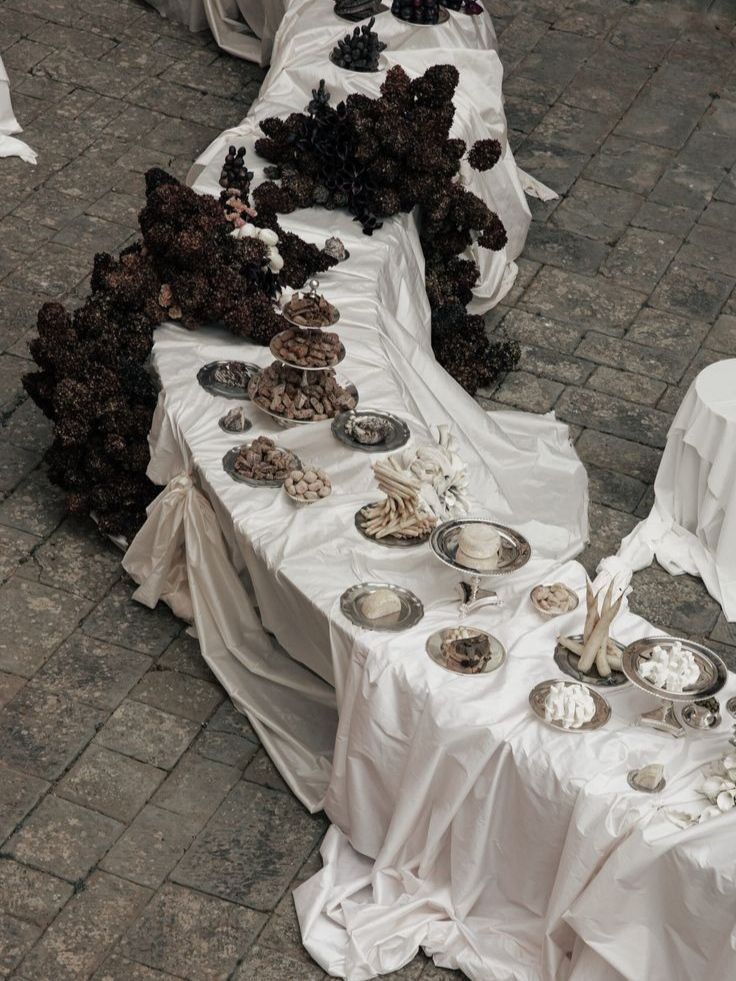Find Your Perfect Fit: The Complete Guide to Ring Sizing
- Author: Natali Grace Levine
- Reading time: 10 min 58 sec
- Publication date: 11/23/2024
- Updated: 01/07/2025
Finding the right ring size is an important, yet sometimes tricky, part of planning a wedding or choosing a meaningful personal item. Since engagement and wedding rings are often worn for a lifetime, it’s crucial to make sure the fit is just right. In this guide, we’ll take you through average ring sizes for men and women, factors that can affect ring size and expert tips for getting the perfect fit. Let’s make ring shopping easy and enjoyable!
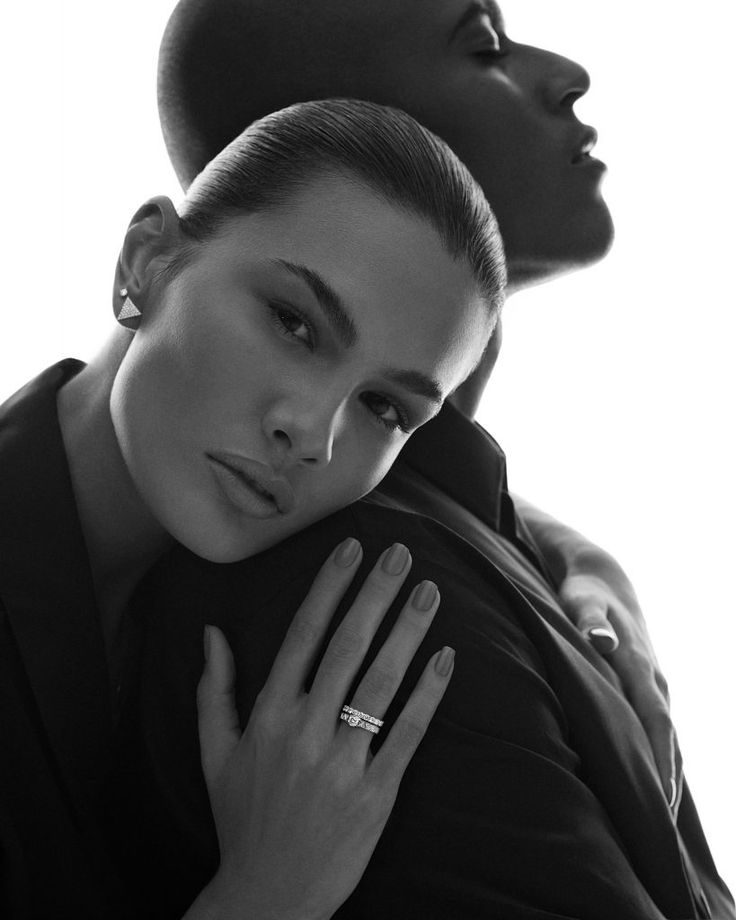


Understanding Average Ring Sizes for Men and Women
When it comes to ring sizing, knowing the average can be a helpful starting point. However, ring sizes are highly personal and can vary based on individual factors like lifestyle, finger shape, and even climate.
For Women
The average ring size for women is between sizes 5 and 7, with size 6 being the most common. Women’s rings generally range from size 3 to size 9. Factors such as body type and hand shape play a role—smaller, more petite women may lean toward lower-end sizes (3-5), while taller or larger-framed women may find comfort in sizes closer to 7-9. The choice of ring style also matters, as daintier bands may fit differently than broader styles.
For Men
Men’s rings typically range between sizes 8 and 10, with size 9 being the average. Men’s ring sizes are broader, generally between size 6 and size 13, as they often have wider fingers. In many cases, men with larger builds may fall within the 10-12 range, while men with thinner fingers may find that sizes between 7-9 are most comfortable. Like women’s rings, the style and width of the band can also influence the fit, with thicker bands often requiring a slightly larger size.
Additional Insight
Ring sizing can vary between different regions and countries, with sizing systems that use different measurements or units. For instance, U.S. sizes are based on a numerical system, while the UK, Australia, and Europe use an alphabetical or millimeter-based system. If you’re purchasing a ring internationally or through an online retailer, be sure to verify the sizing chart to ensure you select the right fit.
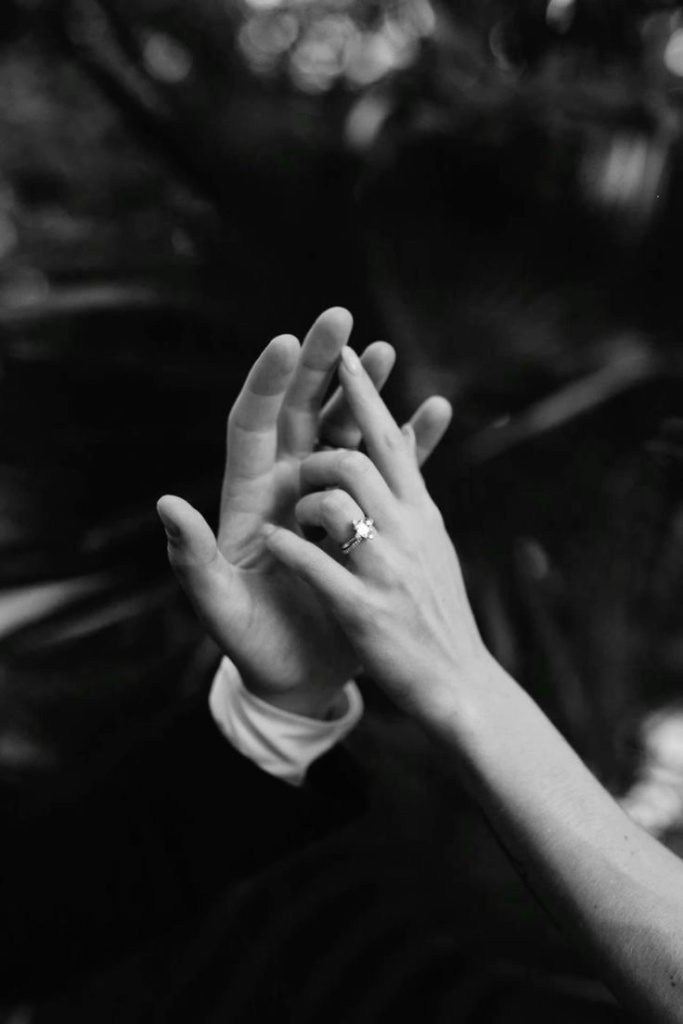

How to Measure Ring Size: A Step-by-Step Guide
When choosing a ring, ensuring it fits comfortably is essential, especially for pieces meant to be worn daily, like wedding or engagement rings. Fortunately, measuring ring size doesn’t have to be complicated. With a few simple tools and techniques, you can find the perfect fit, whether you’re shopping for yourself or planning a surprise for your partner. Here’s a step-by-step guide to measuring ring size accurately.
Gather Your Tools
To measure ring size at home, you’ll need a flexible measuring tape, a strip of paper, or a string, along with a ruler. You can also use a ring sizing kit if you have one or download a printable ring size chart from a reliable jeweler’s website.
Wrap the Measuring Tool Around the Finger
Wrap your measuring tape, string, or paper strip around the base of the finger where you intend to wear the ring. Make sure it sits comfortably but isn’t too loose; it should be snug enough to avoid slipping off.
Mark and Measure
If using a string or paper strip, mark the point where the two ends meet. Then, lay it flat and measure the length against a ruler. This length, usually measured in millimeters, will help you determine the appropriate ring size based on a size chart.
Use a Printable Ring Size Chart for Comparison
If you have an existing ring that fits well, you can also place it over a ring size chart to find the closest matching circle. Make sure the inner edges of the ring align with the sizing circle for the most accurate result.
Try Multiple Times for Accuracy
Since factors like temperature and activity level can impact finger size, measure more than once. Try taking measurements at different times of the day, preferably when your hands are warm, as they’re likely to be slightly larger. Aim for at least two to three measurements and take an average if they differ.
Visit a Jeweler for Professional Assistance
If you’re unsure or if the ring has sentimental significance, consider visiting a jeweler for a professional fitting. Many jewelers offer complimentary ring sizing services, allowing you to try on actual bands for a better sense of fit, especially if you’re considering a thicker band.
Expert Tip: When buying rings for daily wear, such as wedding bands, comfort-fit bands are often a good choice. These bands have a slightly rounded interior that feels more natural on the finger and can provide a bit more flexibility with sizing.

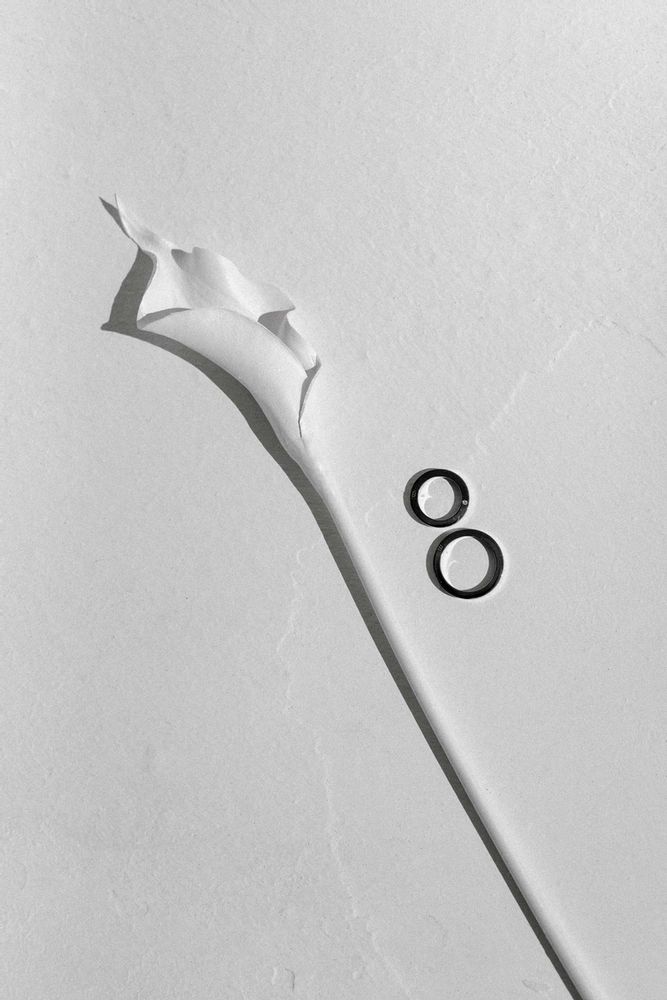
Factors That Can Affect Ring Size
Choosing a ring that fits well is about more than just picking a size number. Various personal and environmental factors can impact how a ring feels on your finger, making it essential to consider these influences when choosing the perfect fit. Whether you’re selecting a wedding band, engagement ring, or another significant piece of jewelry, these factors will help you ensure a comfortable fit that lasts.
Band Width
The width of the band plays a major role in how snugly the ring fits. Thicker bands tend to cover more of the finger, which can make them feel tighter than thinner bands in the same size. For wider bands, consider sizing up by half a size to avoid a constricted feel.
Knuckle Size
People with larger knuckles often face a unique challenge. A ring that fits perfectly around the base of the finger may struggle to get past the knuckle. In this case, it’s best to choose a size that slides comfortably over the knuckle but still fits securely at the finger base. Some people even opt for rings with adjustable bands for added flexibility.
Weather and Temperature
Temperature fluctuations affect finger size—warm weather can make fingers swell, while cold weather may make them shrink. When sizing for a daily-wear ring like a wedding band, ensure it feels comfortable in both hot and cold conditions. This will prevent the ring from feeling too tight in summer or too loose in winter.
Diet and Hydration Levels
Changes in diet or hydration can cause temporary finger swelling. For example, a diet high in salt can lead to water retention, which can make fingers swell and rings feel tighter. Staying hydrated and maintaining a balanced diet can help keep finger size stable, but it’s a good idea to consider slight variations when choosing a ring size.
Activity Levels
Physical activity can impact how rings fit. Those who engage in regular workouts or use their hands for work (e.g., artists, musicians, or chefs) might experience changes in finger size due to muscle development or increased blood flow during physical exertion. Selecting a slightly looser fit or a comfort-fit band can help accommodate these changes.
Pregnancy and Health Conditions
Pregnancy often leads to temporary swelling, including in the fingers, due to increased blood flow and fluid retention. Other health conditions, such as arthritis, can also affect finger size. If you’re expecting size changes due to health factors, consider a ring style that can be easily resized or even temporarily replaced with a larger band.
Weight Fluctuations
Changes in body weight can impact finger size as well. Weight gain or loss, especially significant changes, can make a previously well-fitting ring feel too loose or tight. For those who anticipate weight fluctuations, such as athletes or individuals on a weight-loss journey, a resizable or adjustable ring option might be ideal.
Seasonal Changes
In some climates, seasonal shifts can subtly affect body size, including finger size. Colder months might make rings feel loose due to reduced circulation, while warmer months can cause swelling. Choosing a ring that accommodates these seasonal variations will ensure a comfortable fit all year.
Finger Shape and Proportion
Finger shape varies significantly from person to person, which can influence how a ring feels. Some people have tapered fingers that are wider at the base and narrow toward the tip, while others have more cylindrical fingers. Those with tapered fingers may find that rings need a snug fit to stay in place, while cylindrical fingers may require a bit more flexibility in sizing.
Material and Finish of the Ring
Certain metals, like tungsten and titanium, are more rigid and cannot be resized, while softer metals like gold and platinum can be adjusted. If you’re uncertain about your size or expect changes in the future, choose a ring made from a metal that can be resized. Additionally, the finish of the ring, whether matte or polished, may affect comfort—matte finishes sometimes feel smoother and may fit slightly differently.
Daily Activities and Lifestyle
If you frequently engage in activities that involve gripping or repetitive hand motions, such as gardening, cooking, or using tools, you may prefer a more secure fit to prevent the ring from slipping. For those who work in environments where they frequently remove and put on rings, a snugger fit or even a removable ring liner can help ensure the ring stays in place.
Comfort and Fit Style
Comfort-fit rings have a slightly rounded interior, making them more comfortable for daily wear and reducing the chance of a too-snug fit. This design allows for a closer fit to the finger without feeling too tight, especially for those who prioritize comfort over a traditional fit.
Expert Insight: Ring fit isn’t just about size—it’s also about your lifestyle and preferences. A ring that fits snugly in the store might feel different after a day of activity or on a hot summer day. Take all factors into account for a fit you’ll love, day in and day out.
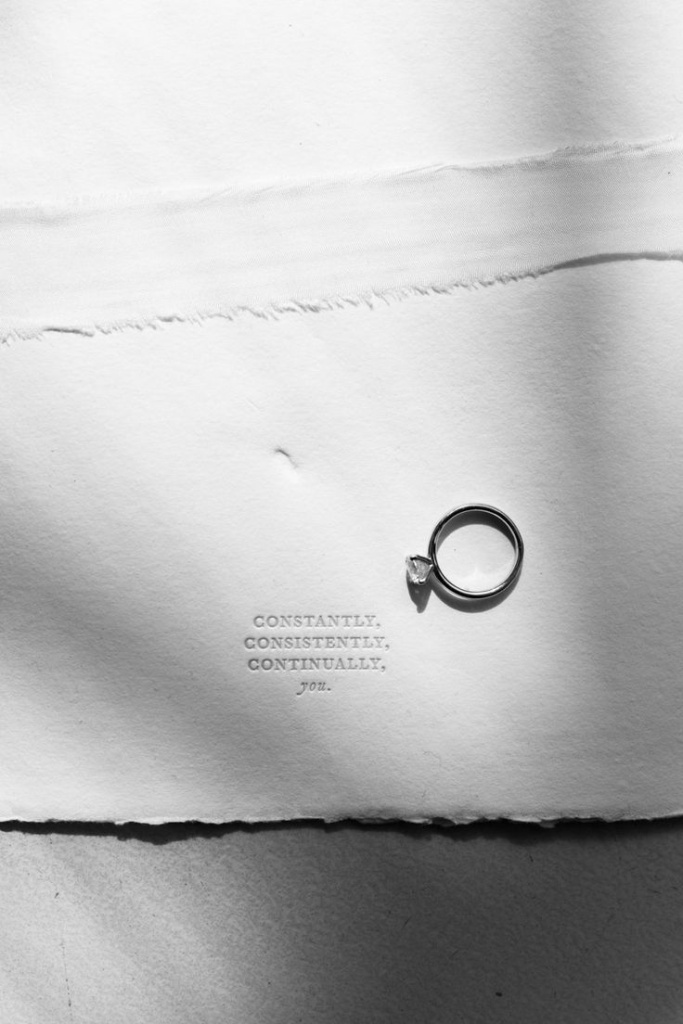
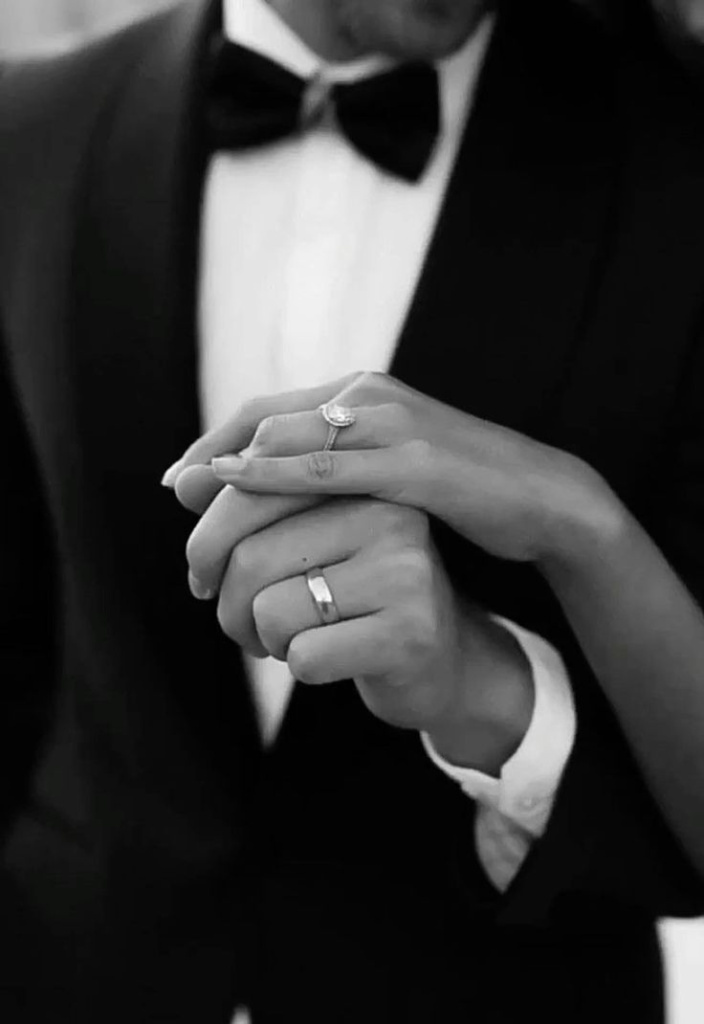
Choosing the Right Ring for Your Lifestyle
Selecting the ideal ring goes beyond simply finding the right size. A ring is something you’ll likely wear every day, so it’s essential to choose a style, metal, and design that suits your unique lifestyle and daily routines. Here’s how to make a choice that combines both aesthetics and practicality, ensuring your ring remains a cherished and comfortable part of your life.
Active Lifestyles
If you lead a particularly active lifestyle—whether you’re into sports, work with your hands, or spend time outdoors—you’ll want a ring that can handle a bit of wear and tear. Lower-profile rings, which sit closer to the finger, are less likely to snag or get damaged. Durable metals like tungsten, titanium, or platinum are also excellent choices as they’re scratch-resistant and more resilient against impacts.
Skin Sensitivities
Some people experience skin reactions to certain metals, so if you have sensitive skin, hypoallergenic options like platinum, palladium, or even certain gold alloys may be best. In recent years, silicone rings have become popular as well, especially for those who want an alternative material that’s flexible, skin-friendly, and safe to wear during physical activities.
Professional Needs
If you work in a professional setting where subtlety is valued, such as healthcare or corporate environments, you might prefer a ring with a classic, minimal design. Plain bands or low-set stones are often more practical in these settings. Some workplaces may also have policies about jewelry, especially in fields that involve working with machinery or medical equipment, so a simpler, low-profile ring may be beneficial.

Travel-Friendly Options
For frequent travelers, a versatile and durable ring is essential. If you’re concerned about losing or damaging a precious ring while traveling, consider an alternative travel band made from a material like silicone or a simple gold band. This way, you can keep your original ring safe at home and wear something more replaceable during your adventures.
Customizable and Resizable Designs
For those anticipating changes in lifestyle, health, or even style preferences, rings that are resizable or come with customizable options are a wise choice. Certain metals, like gold and platinum, can be resized over time, allowing for flexibility if you experience finger size changes. Alternatively, some designs feature adjustable or open-band styles that can be widened or narrowed slightly without needing a full resizing.
Symbolic and Sentimental Elements
If your ring carries significant sentimental or symbolic value, such as family heirloom elements or custom engravings, it’s worth choosing a style and material that can be preserved and maintained over time. In these cases, high-quality metals like platinum or 18k gold can offer both durability and a timeless look that endures for generations.
Weather Resilience
If you live in an area with extreme temperature fluctuations, consider how the weather might impact your ring choice. Metals like titanium and platinum tend to resist tarnishing and maintain their integrity despite weather changes, while softer metals like silver may require more frequent maintenance.
Expert Insight: The right ring should feel like an extension of yourself—it’s a piece of jewelry, but also a symbol of your life and lifestyle. Think about how and when you’ll wear it and choose a ring that can seamlessly integrate with your daily life.
FAQ: Common Questions About Ring Sizing
Getting the right ring size is key to ensuring your ring is comfortable and wearable for the long term, but questions about sizing can quickly arise. Whether you're sizing for a wedding band, engagement ring, or a special gift, we’ve gathered answers to some of the most frequently asked questions. These insights will help guide you to the perfect fit and prepare you for any adjustments along the way.
How do I secretly find my partner’s ring size?
Sneaking in a ring size measurement can be tricky, but there are a few clever ways to do it. If your partner already wears a ring on their ring finger, borrow it briefly and use a ring sizing chart to match the size. Alternatively, you could trace the inner and outer edges of their ring on a piece of paper or use a piece of string to measure around it. You could also enlist the help of friends or family members who may know their size.
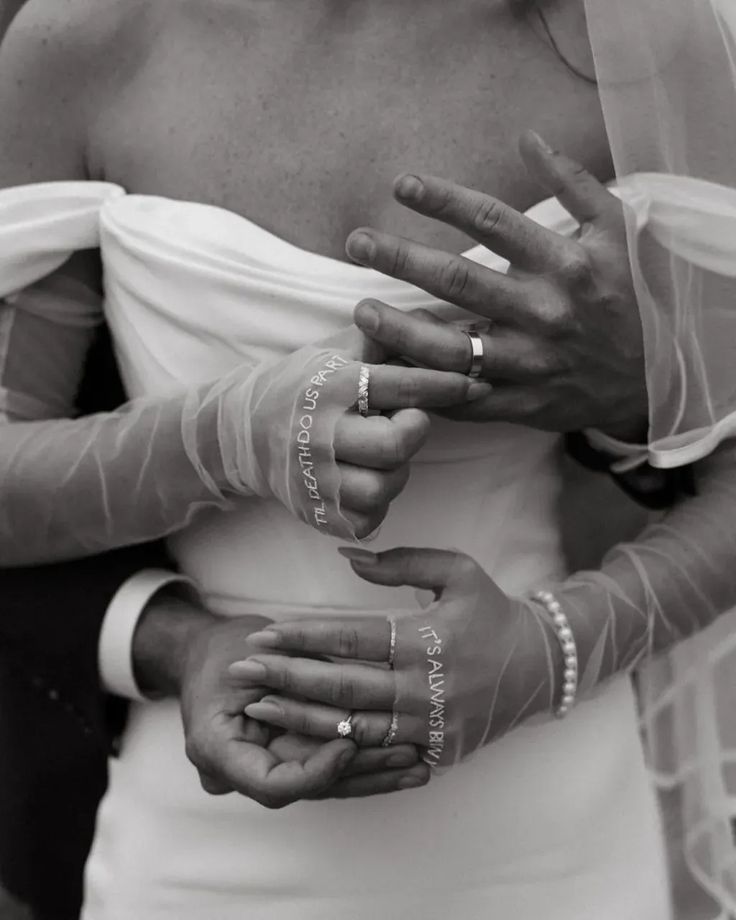
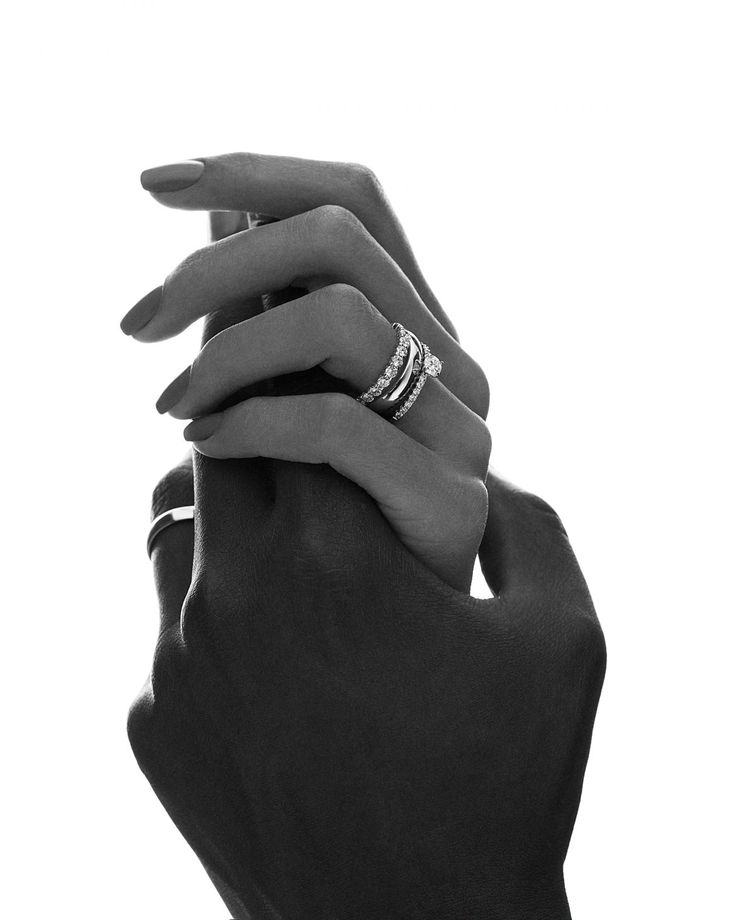
What if the ring doesn’t fit after purchase?
Many jewelers offer resizing services, especially for engagement rings and wedding bands, so don’t worry if the fit isn’t perfect on the first try. However, some materials, like tungsten and titanium, are challenging or impossible to resize. For these materials, you may want to consider buying from a jeweler with an exchange policy or opting for a size that can be adjusted with comfort-fit bands.
How should I size for wider bands?
Wider bands often fit more snugly due to their thickness. It’s generally recommended to go up by half a size when choosing a wider band. Testing a sample band of similar width at a jeweler can also help you confirm a comfortable size.
How much does resizing cost, and is it always possible?
The cost of resizing depends on the jeweler, metal type, and complexity of the ring design, ranging from $20 to $100 or more for intricate pieces. Resizing is usually possible with materials like gold, platinum, and silver. However, some metals, like titanium and tungsten, can’t be resized due to their rigidity. Eternity bands, which have stones around the entire ring, are also challenging to resize.
How tight or loose should a ring be?
A well-fitted ring should slide over the knuckle with a bit of resistance and feel snug at the base of your finger. It shouldn’t spin freely, but you should also be able to remove it without excessive pulling. If a ring feels tight in the morning and looser by the afternoon, this could be due to natural changes in finger size during the day, so aim for a size that feels secure without being overly tight.
Can I resize a ring more than once?
Most rings can be resized more than once, but this depends on the metal and design. Each resizing can slightly weaken the metal, so it’s best to avoid multiple adjustments if possible. For rings made of softer metals or with complex designs, consider resizing only when absolutely necessary to maintain the ring's integrity.
What’s the best way to clean and maintain my ring for long-term wear?
Regular cleaning is essential to keep your ring looking its best. For most rings, a gentle soap and warm water solution with a soft toothbrush can safely remove buildup. For rings with delicate stones or intricate details, it’s best to consult with your jeweler for specific care instructions. Additionally, avoid wearing your ring in situations where it might get damaged, such as during heavy lifting, gardening, or exposure to harsh chemicals.










